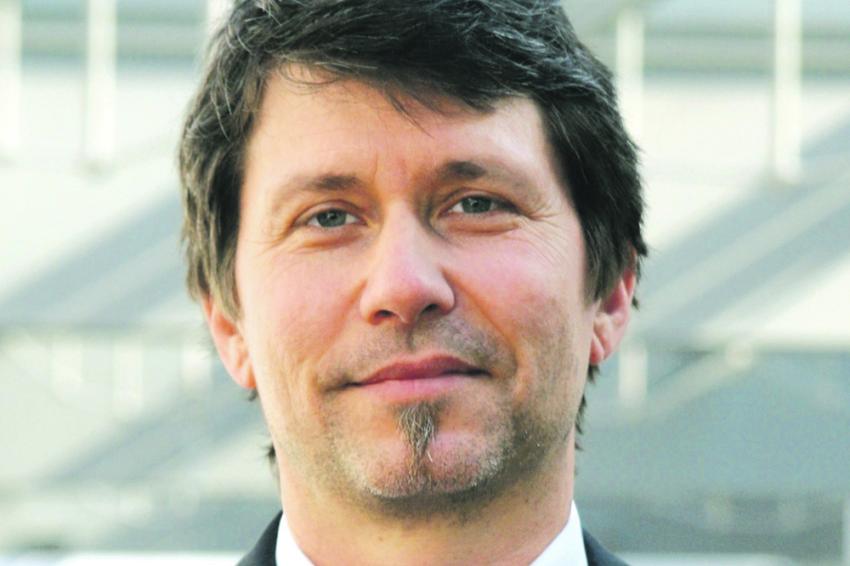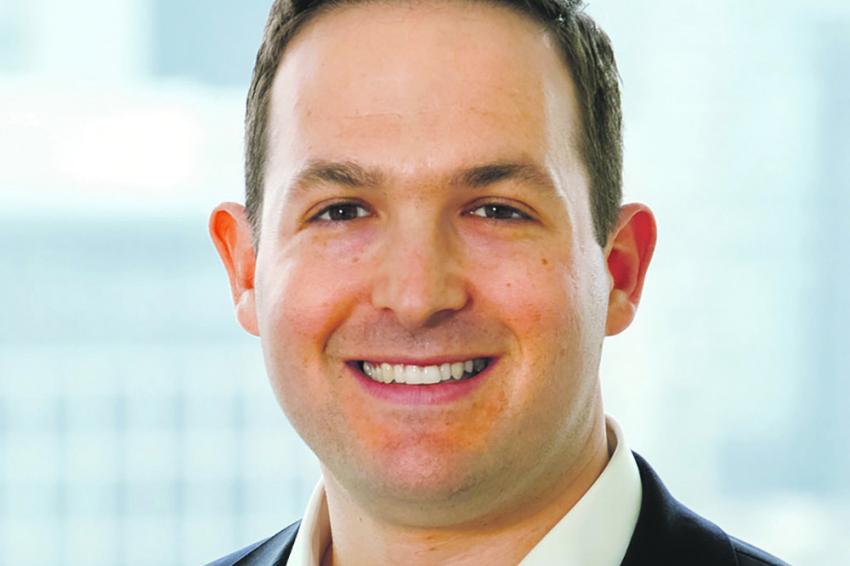The Upswing of the Superstars
The Chemical Industry Has Shown Resilience to the Crisis – Now it Must Get Fit for the Future
Rising oil prices, the Covid-19 pandemic with its unprecedented drop in demand, and finally the supply shock — the recent crises have hit the chemical industry hard. Sales and profits plummeted, and share prices went into a tailspin. But the industry demonstrated unexpected resilience. The chemical sector was among the first to recover — an indicator of a general economic upturn in many regions.
For its annual report „Value Creation in Chemicals 2021 — Ten Years of Steady Growth — and a Few Superstars,“ the strategy consultancy Boston Consulting Group (BCG) examined the performance of leading international chemical companies from 2011 to 2020. The long-term perspective shows that the industry has mastered serious market downturns with astonishing confidence. For the 69 large-cap companies in the chemical industry — these are publicly traded companies with a market capitalization of more than $ 7 billion — the median annual total shareholder return (TSR) from 2011 to 2020 was 12%, while the median value for all sectors was 11%.
TSR accounts for the change in share price and any other effects on shareholders’ net wealth, like dividends. It is driven by three factors: Firstly, by the combination of revenue growth and change in EBITDA margins as an indicator of a company’s improvement in fundamental value. It uses secondly the change in the company’s valuation multiple to account for the impact of investor expectations. Thirdly the model tracks the distribution of free cash flow to investors and debt holders in the form of dividends, share repurchases, and repayments of debt.
For the deep dive of the above-mentioned study, BCG once again significantly expanded the range of the investigation and examined the performance of 238 chemical companies with a market capitalization of more than $ 1 billion. Here, too, the result was impressive, with a median annual 10-year TSR of 9.1%.
However, the industry average is only partially representative of the companies as a whole. Since its first publication of the “Chemicals Value Creators Report” in 2012, a small group of companies has been at the top of the industry, including Croda from the UK, Pidilite from India, Sherwin-Williams from the USA, and the Swiss company Sika. Just 22 companies worldwide are among the consistent highflyers that have landed in the top quartile of annual TSR performance at least four times in ten years. There is a huge gap between the top performers and other companies; and even within the top group, the differences are considerable. India‘s PI Industries, for example, achieved a median annual TSR of 47% between 2011 and 2020, while US-based FMC came in at just 14% (see fig. 1). Overall, only slightly more than one-third of the surveyed companies were able to increase their value at an above-average rate. All others were far below average or even recorded a negative TSR.
India-based Players Grow most Dynamically
Companies from India (10-year annual median 29%) and the US (13%) saw particularly high TSR growth, while Greater China underperformed with 4%. However, the figures may not fully represent the strength of Chinese companies within the industry, as the study excludes privately held and state-owned companies. Overall, however, the study does not provide any concrete evidence that geographic affiliation has a decisive influence on a company‘s success. India is an exception: chemical companies there have been experiencing an enormous upswing since 2014, boosted both by government investment programs and the steadily growing middle class on the subcontinent. The median annual 10-year TSR in South Asia was 32% — the highest of any region and nearly four times the global TSR of 9%. Five of the top-performing companies, including TSR leaders PI Industries and Pidilite, are based in India.
Specialty Companies Dominate the Top Group
For further analysis, we group the surveyed companies into five subsectors: agrochemical and fertilizer, base chemicals and basic plastics, focused specialty, industrial gases, and multispecialty. More than half of the top 22 companies belong to the focused-specialty subsector. Looking at all the companies analyzed for the study, this subsector achieved the highest increase in value for shareholders, with a median annual 10-year TSR of 13%. Only the industrial gases subsector can boast a comparably good result. Nevertheless, no industrial gases company is among the top 22 performers.
Looking one level below the five subsectors, there are 20 product clusters, of which those belonging to the focused-specialty subsector have the highest TSR. Electronic chemicals players, who supply precursors for the manufacture of silicon wafers and semiconductor production, performed particularly well. Due to increasing digitalization, demand for these chemicals will continue to rise. Other product clusters, such as paints & coatings, are booming in lockstep with the construction industry. Mining & oilfield and agrochemicals in particular have lost significant importance over the past five years (see fig. 2).
However, belonging to a subsector or to a product cluster alone is no guarantee for sustainable value creation. The question arises as to what the top performers do differently and what value creation strategies they pursue. BCG‘s analysis has shown that the business model, the ability to innovate, and strategic acquisitions contribute significantly to value creation.
Consistent Alignment with the Market
Many of the top-value creating chemical companies pursue a market-based business model. This means that they consistently align their offerings and set-up to market requirements. They adapt to changes more quickly and adjust their business model more flexibly than their competitors. Of all the companies in this study, those with a market-oriented business model have a median annual TSR of around 14% over ten years. India‘s Berger Paints is consistently pursuing this business model. The company has adapted its offering to the changing needs of the Indian population. The paint and coatings manufacturer, a supplier to the automotive industry, maintains 40 training centers for painters and has trained more than 60,000 painters in the 2020 pandemic year. The number of retailers selling Berger products has doubled from 15,000 to 30,000 since 2015. Berger has also expanded its product range to include adjacent categories such as glass, wood, and metal coatings as well as construction chemicals. The company is constantly realigning itself to serve India‘s diverse customer base.
„Many of the top-value creating
chemical companies pursue a market-based
business model.“
Many specialty chemical companies are pursuing technology-based business models. They compete through proprietary technologies and intellectual capital. This group includes suppliers of high-performance polymers, enzymes, and catalysts for industrial processes as well as electronic chemicals for semiconductor manufacturing. Such a business model typically requires a strong IP base and a unique offering — or one that is difficult to imitate. The median annual TSR of this group is 12% over ten years
The ability to successfully innovate is also a hallmark of top performers. Germany‘s Symrise, a leading manufacturer of flavors and fragrances, generates more than 20% of its sales from new products each year. Its organic growth since 2011 has been consistently higher compared to its competitors.
The top performers also pursue mergers and acquisitions strategically. Houston, US-based Westlake Chemical purchased Boral‘s North American building products business in 2021 to strengthen its position in the fast-growing North American construction market. Westlake is also positioning itself in the environmentally sustainable plastics market through acquisitions of, among others, Dimex, a leading manufacturer of recycled plastic and related environmentally friendly products. Westlake is now the second-largest producer of PVC in the world.
“The ability to successfully innovate
is also a hallmark of top performers.”
The Future of the Industry is Green
Even though the chemical industry has coped well with the current crisis, the pressure to adapt will increase in the future. Top companies will not be content with optimizing existing processes and increasing production volumes. They will use more digital technologies and collaborate intensively with their customers and a variety of partners in the ecosystem.
More than 50% of the chemicals growth in the near future will happen in China. Companies will shift their focus from upstream and base chemicals to downstream chemicals such as electronic chemicals and food ingredients.
Western chemical companies, on the other hand, will have to re-regionalize their supply chains to compensate for the vulnerability of global logistics and geopolitical hurdles, such as the US-China trade dispute or the heavily discussed European Union‘s carbon border tax. Decarbonization needs, in particular, will pose major new challenges for the industry in the coming years, but it will also open up new opportunities. The successful chemical companies of the future will pursue a net-zero carbon footprint using innovations such as e-crackers, chemical recycling, bio-based feedstocks and fermentation technologies. Overall, chemical products will contribute to sustainable applications: storing energy, isolating human habitats, and reducing materials’ weight and carbon emissions. This way, the chemical sector has the potential to become a driving force for economic development in industries such as manufacturing, construction, agriculture, energy, or mobility.
Authors: Andreas Gocke, Adam Rothman and Hubert Schönberger, Boston Consulting Group
Downloads
Contact
BCG The Boston Consulting Group GmbH
Ludwigstr. 21
80539 München
Germany














